The chilling world of serial killers often seems incomprehensible, yet within this darkness, patterns emerge. FBI profilers have long sought to understand the minds behind these atrocious acts, categorizing killers based on their behaviors and crime scene characteristics. One of the most enduring classifications distinguishes between organized and disorganized serial killers. Understanding these differences offers a glimpse into the complex psychology driving these individuals.
Understanding the Organized/Disorganized Dichotomy
Serial killers leave behind clues at their crime scenes, unintentionally revealing aspects of their personalities. Factors such as the location of the crime, the choice of weapon, and how the body is disposed of all contribute to a profile. The FBI, particularly through the work of profilers like Roy Hazelwood, has developed theories to categorize these offenders, primarily into organized and disorganized types. This theory stems from extensive interviews with notorious serial killers like Ted Bundy and John Wayne Gacy.
10 Organized Serial Killers Often Have Families
It might be disturbing to know that some organized serial killers lead seemingly normal lives, often maintaining marriages and families. Killers like John Wayne Gacy and Dennis Rader (BTK) were married, using their families as a facade to conceal their horrifying activities. Their ability to deceive those closest to them underscores the manipulative nature often associated with organized killers.
Rader’s daughter, Kerri Rawson, poignantly described herself as a crime victim even before birth, highlighting the pervasive impact of living with a criminal. The duality of these individuals—family man by day, murderer by night—is a chilling aspect of the organized serial killer.
9 Disorganized Serial Killers & Substance Abuse
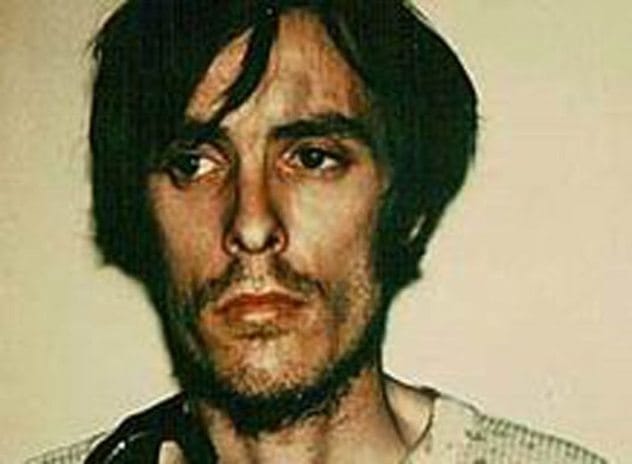
In contrast to their organized counterparts, disorganized serial killers often struggle with substance abuse. Richard Chase, infamously known as the ‘Vampire of Sacramento,’ exemplifies this characteristic. Chase, who abused drugs and alcohol from a young age, committed gruesome acts, including drinking his victims’ blood and cannibalizing remains.
Disorganized killers often cannot maintain stable relationships or living situations. Chase’s eventual capture occurred after a former acquaintance noticed his bloodstained shirt, leading to the discovery of a horrifying scene in his apartment, complete with blood-filled blenders and body parts in the refrigerator.
8 Organized Killers Stalk Their Victims
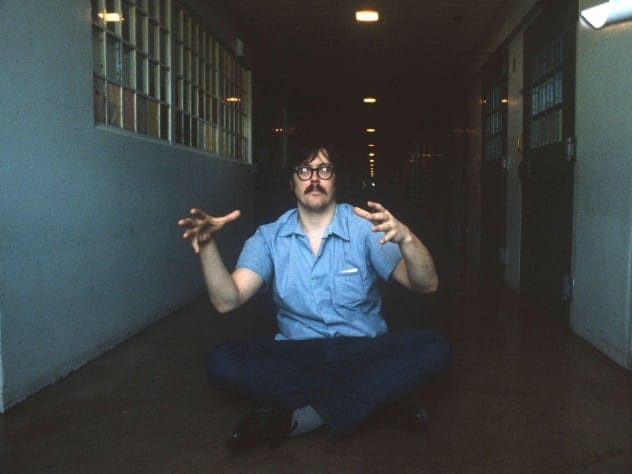
Organized serial killers are planners. They carefully select and stalk victims to fulfil specific fantasies. Ed Kemper’s chillingly casual statement, “The first good-looking girl I see tonight is going to die,” highlights this calculating mindset. This ‘trolling phase’ may last from hours to months as they seek the ‘perfect’ victim for their pre-planned crime.
Joseph James DeAngelo, the Golden State Killer, exemplifies the meticulous stalking behavior of organized killers. He would watch homes, often selecting those backing onto river levees, showcasing his preference for specific environments. The act of stalking provides a sense of control and anticipation, which fuels their dark desires.
7 Disorganized Killers Often Leave the Body in Plain Sight

A key difference between the two types of killers lies in their approach to disposing of the body. Organized serial killers prioritize hiding the body to evade detection. Disorganized killers, however, often leave the body in plain sight, reflecting their chaotic state of mind and lack of planning.
Ed Gein’s case starkly illustrates this. When authorities visited his farmhouse, they discovered the beheaded and disemboweled body of Bernice Worden hanging in the kitchen. Gein’s living conditions and personal history—living alone, social incompetence, and a harsh upbringing—are typical of a disorganized serial killer.
6 Organized Serial Killers Collect Trophies
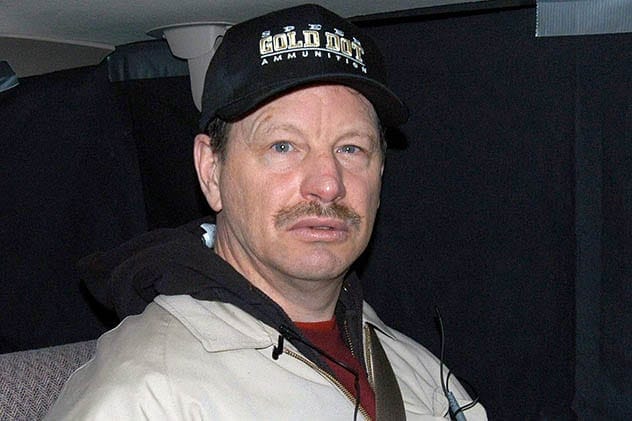
Organized serial killers often keep trophies or souvenirs from their victims as mementos. These items allow them to relive the crime repeatedly, feeding their twisted fantasies. Killers like Jerome Brudos (The Shoe Fetish Slayer) and Charles Albright (The Eyeball Killer) kept body parts, while others, like Anatoly Onoprienko, saved clothing items.
Gary Ridgway, the Green River Killer, would take jewelry from his victims and leave it in truck stop bathrooms, reveling in the reactions of those who found them. Additionally, organized killers often closely follow media coverage of their crimes, adding newspaper clippings to their collections, further indulging in their dark deeds.
5 Disorganized Killers Show Signs of Excessive Force
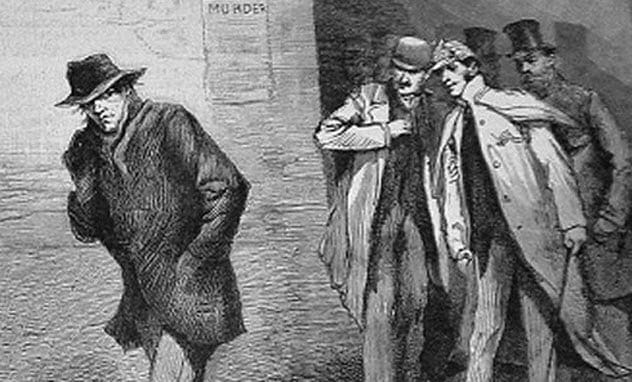
The level of force used in a crime can indicate whether a serial killer is organized or disorganized. Disorganized killers often exhibit signs of overkill, using excessive and overwhelming force in their attacks. This brutality reflects a lack of control and heightened emotional state during the commission of the crime.
Jack the Ripper, despite his notoriety, is considered a classic example of a disorganized serial killer due to the brutal nature of his attacks and the opportunistic targeting of his victims. He did not meticulously plan his crimes but rather seized opportunities as they arose during the early hours of the morning.
4 Organized Killers Prepare a Kill Kit
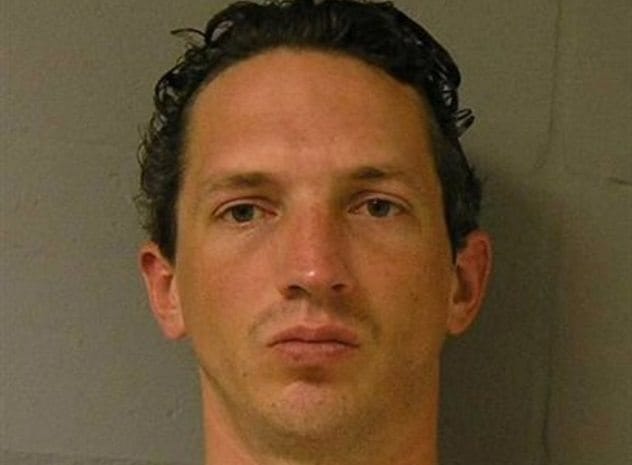
Many organized serial killers prepare a ‘kill kit’ beforehand, containing the necessary tools for abduction, murder, and disposal. Israel Keyes, who meticulously planned his murders, would stash his kill kits near his intended crime scenes, demonstrating premeditation. These kits often included weapons, ropes, and masks, indicating a high level of preparation.
The ability to delay gratification and patiently wait to act on their urges is a hallmark of organized serial killers, as noted by forensic psychologist Dr. Thomas Powell. Killers like Bundy, Rader, and DeAngelo also carried their own kill kits, highlighting the calculated nature of their crimes.
3 Disorganized Killers Live Near the Crime Scene
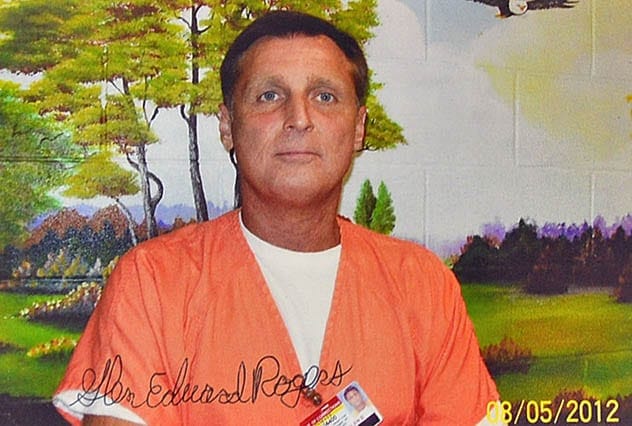
The distance between a serial killer’s residence and the crime scene can be revealing. Organized serial killers often have access to vehicles and may travel across states to find victims, killing far from their homes. Glen Edward Rogers, the ‘Cross Country Killer,’ committed murders in multiple states, evading capture due to his transient lifestyle and ability to blend in.
In contrast, disorganized serial killers typically live close to their crime scenes. Richard Chase, for example, resided within a mile of most of his murder sites. Ed Gein’s farmhouse was also located near where he killed his victims. This proximity leads to quicker apprehension, as their limited mobility makes it harder to evade authorities.
2 Organized Killers Usually Have a High IQ
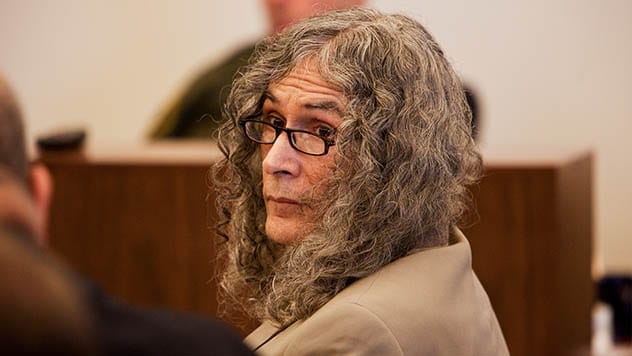
Intelligence levels often differ significantly between organized and disorganized serial killers. Organized killers typically exhibit higher IQs, using their intellect to plan and execute their crimes meticulously. Rodney Alcala, believed to have killed as many as 130 women, had an IQ of 170, placing him in the genius range. Ed Kemper also possessed a high IQ of 145.
Despite their intelligence, these individuals use their cognitive abilities for destructive purposes. Alcala’s case is particularly disturbing, as he appeared on ‘The Dating Game’ during his murder spree, showcasing the disturbing contrast between his public persona and private actions.
1 Disorganized Killers Are Often Unskilled Workers

Disorganized serial killers often have difficulty maintaining steady employment. They typically work in unskilled or manual labor positions, such as packagers, assemblers, or farmworkers. Their lack of social skills and disorganized personalities contribute to their inability to hold down jobs for long, leading to frequent moves and instability.
Aileen Wuornos, a sex worker who killed seven men, exemplifies this pattern. Her criminal record included arrests for various offenses, and she struggled with an erratic and easily angered personality. Her case highlights the unstable and marginalized backgrounds often associated with disorganized serial killers.
Conclusion
The distinction between organized and disorganized serial killers provides valuable insights into their psychological makeup and behaviors. While organized killers are often meticulous planners with higher intelligence and social skills, disorganized killers are typically impulsive, struggle with substance abuse, and display signs of mental instability. Understanding these differences can aid in criminal profiling and investigation, helping law enforcement to better identify and apprehend these dangerous individuals.
What do you think about these differences? Leave your comment below!










